

Articles
When To Introduce Security Blanket
Modified: January 4, 2024
Discover the right time to introduce a security blanket in this informative article. Find expert advice and tips on when and how to introduce your child to this comforting item.
(Many of the links in this article redirect to a specific reviewed product. Your purchase of these products through affiliate links helps to generate commission for Storables.com, at no extra cost. Learn more)
Introduction
Introducing a security blanket to a child can be a significant milestone in their development. Security blankets are cherished items that provide comfort, emotional support, and a sense of stability to children. These blankets often become their trusted companions, offering a source of solace in times of stress or anxiety. Understanding when and how to introduce a security blanket is essential for parents and caregivers to ensure its effectiveness in providing comfort and reassurance.
In this article, we will explore the benefits of security blankets, the signs indicating a child’s readiness to have one, and the steps involved in introducing them. Additionally, we will discuss the importance of choosing the right security blanket and creating a transition plan to help the child develop a healthy attachment to their special item.
It’s important to note that every child is different, and their readiness for a security blanket may vary. Therefore, it is crucial to observe and evaluate the child’s behavior and emotions before making a decision to introduce one.
Key Takeaways:
- Introducing a security blanket to a child can be a significant milestone, offering comfort, emotional support, and stability during times of stress and anxiety. Recognizing signs of readiness and creating a transition plan are crucial for a positive introduction.
- Security blankets provide numerous benefits to children, including comforting them during distress, promoting self-soothing skills, aiding in better sleep patterns, and facilitating transitions and social interactions. Choosing the right blanket and monitoring usage are essential for fostering a healthy attachment.
Read more: When Was Television Introduced To Australia
Benefits of Security Blankets
Security blankets offer a range of benefits to children. Firstly, they provide comfort and soothe children when they are feeling upset or anxious. The familiar touch and smell of the blanket create a sense of security and help children regulate their emotions. The blanket acts as a transitional object, serving as a bridge between the child and the outside world.
Moreover, security blankets can help children develop self-soothing skills. They allow children to independently manage their emotions by providing a tangible source of reassurance. When a child cuddles, hugs, or interacts with their security blanket, they learn to comfort themselves, promoting a sense of self-reliance.
Furthermore, security blankets can promote better sleep patterns. Many children find it easier to fall asleep and stay asleep when they have their comforting blanket close by. The familiar presence of the security blanket can create a calming bedtime routine and help children feel safe and secure throughout the night.
Signs of Readiness to Introduce a Security Blanket
Recognizing the signs that a child is ready for a security blanket is crucial in ensuring the blanket’s effectiveness. Pay attention to the child’s behavior and reactions to different situations. Some common signs that indicate a child may be ready for a security blanket include:
- Seeking comfort from soft objects like blankets or stuffed animals
- Experiencing separation anxiety when away from familiar surroundings or caregivers
- Becoming attached to specific items or toys
- Displaying a need for extra comfort during stressful situations or transitions
It’s important to note that these signs serve as general guidelines, and each child may exhibit different signs of readiness. Trust your instincts as a parent or caregiver and use your judgment to determine if your child is ready for a security blanket.
Key Takeaways:
- Introducing a security blanket to a child can be a significant milestone, offering comfort, emotional support, and stability during times of stress and anxiety. Recognizing signs of readiness and creating a transition plan are crucial for a positive introduction.
- Security blankets provide numerous benefits to children, including comforting them during distress, promoting self-soothing skills, aiding in better sleep patterns, and facilitating transitions and social interactions. Choosing the right blanket and monitoring usage are essential for fostering a healthy attachment.
Read more: When Was Television Introduced To Australia
Benefits of Security Blankets
Security blankets offer a range of benefits to children. Firstly, they provide comfort and soothe children when they are feeling upset or anxious. The familiar touch and smell of the blanket create a sense of security and help children regulate their emotions. The blanket acts as a transitional object, serving as a bridge between the child and the outside world.
Moreover, security blankets can help children develop self-soothing skills. They allow children to independently manage their emotions by providing a tangible source of reassurance. When a child cuddles, hugs, or interacts with their security blanket, they learn to comfort themselves, promoting a sense of self-reliance.
Furthermore, security blankets can promote better sleep patterns. Many children find it easier to fall asleep and stay asleep when they have their comforting blanket close by. The familiar presence of the security blanket can create a calming bedtime routine and help children feel safe and secure throughout the night.
In addition, security blankets can aid in transitions and unfamiliar situations. When children are exposed to new environments or separated from their primary caregivers, having a security blanket can provide a sense of familiarity and ease their anxiety. It becomes a constant companion in unfamiliar settings, providing comfort and reassurance.
Security blankets also offer a form of emotional expression for children. They become a vessel for children to project their emotions and develop a sense of attachment. Children may use their security blanket to communicate their feelings, seeking comfort and solace in its presence.
Moreover, security blankets can act as a source of consistency during times of change. Whether it be moving to a new home, starting school, or experiencing a major life event, having a security blanket can offer children stability and familiarity. It becomes a consistent presence in their lives, providing a sense of comfort amidst the unknown.
Furthermore, security blankets can facilitate social interactions and peer relationships. Children may use their security blanket as a transitional object to help ease social interactions and build connections with their peers. It can serve as a bridge between their comfort zone and the outside world, ultimately promoting social-emotional development.
Overall, security blankets bring numerous benefits to children, including comfort, emotional regulation, better sleep, aid in transitions, emotional expression, consistency, and support in social interactions. These cherished companions offer a sense of security and stability, nurturing children’s emotional well-being as they navigate through various stages of development.
Signs of Readiness to Introduce a Security Blanket
Recognizing the signs that a child is ready for a security blanket is crucial in ensuring the blanket’s effectiveness. Pay attention to the child’s behavior and reactions to different situations. Some common signs that indicate a child may be ready for a security blanket include:
- Seeking comfort from soft objects: If you notice that your child often seeks comfort from soft objects like blankets or stuffed animals, it may be a sign that they are ready for a security blanket. This could manifest as constantly snuggling with soft items or seeking comfort when they are upset or anxious.
- Experiencing separation anxiety: Children who experience separation anxiety when away from familiar surroundings or caregivers may benefit from a security blanket. The blanket can provide a sense of familiarity and security, helping them feel more at ease during times of separation.
- Becoming attached to specific items: If your child shows a growing attachment to specific items or toys, it may indicate that they are ready for a security blanket. This attachment reflects their desire for a constant source of comfort and reassurance.
- Displaying a need for extra comfort during stressful situations: Pay attention to how your child reacts to stressful situations or transitions. If they consistently seek extra comfort or show distress during these times, introducing a security blanket may help them cope better.
While these signs provide general guidance, it’s essential to remember that every child is unique. Trust your instincts as a parent or caregiver and observe your child’s behavior to determine if they are ready for a security blanket.
It’s important to note that introducing a security blanket is a personal decision and may not be suitable for every child. Some children may find comfort in other objects or have different strategies for managing their emotions. Therefore, it’s crucial to consider your child’s individual needs and preferences when deciding whether to introduce a security blanket.
Remember, the goal is to provide your child with a source of comfort and reassurance. By recognizing the signs indicating their readiness for a security blanket, you can offer them a tangible anchor during challenging moments and support their emotional well-being.
Introduce a security blanket when your child starts showing signs of attachment and comfort towards a specific object, usually around 6-12 months of age. This can help provide comfort and a sense of security during times of stress or separation.
Read more: When Was Television Introduced To America
Choosing the Right Security Blanket
When it comes to selecting a security blanket for your child, there are a few factors to consider to ensure it is the right fit for them. Choosing the right security blanket involves finding one that meets your child’s sensory preferences, safety requirements, and durability. Here are some key considerations:
- Sensory Preferences: Take note of your child’s sensory preferences. Some children may prefer blankets with certain textures, such as soft and plush fabrics, while others may prefer smoother materials. Pay attention to their reactions when they interact with different types of fabrics to determine what feels most comfortable to them.
- Safety: Prioritize your child’s safety when selecting a security blanket. Ensure the blanket is free from any small parts or loose threads that could pose a choking hazard. Opt for blankets that are made from non-toxic materials and are free from harmful chemicals. Also, consider if the blanket is machine-washable for easy cleaning.
- Durability: Children can become deeply attached to their security blankets, so it’s important to choose a durable option that can withstand constant use and washing. Look for blankets with reinforced stitching and quality construction to ensure they will hold up over time, even with regular wear and tear.
- Size: Consider the size of the security blanket. Some children prefer smaller blankets that are easy to carry around or fit in their hands, while others may prefer larger blankets that provide more coverage. Pay attention to your child’s preferences and comfort when selecting the appropriate size.
- Personalization: Some children may appreciate a security blanket that has a personal touch, such as their name or a special pattern. Personalizing the blanket can add an extra sense of comfort and ownership for the child.
- Backup Options: It’s always a good idea to have backup security blankets on hand, especially if your child becomes deeply attached to their blanket. Having substitutes can provide comfort if the blanket needs to be washed or temporarily goes missing.
Ultimately, the right security blanket for your child will depend on their individual preferences and needs. Pay attention to their reactions and comfort when testing out different options. If possible, involve your child in the selection process, allowing them to touch, feel, and interact with different blankets to determine which one resonates with them the most.
Remember that the purpose of a security blanket is to provide comfort and reassurance to your child. By choosing a security blanket that aligns with their sensory preferences, safety requirements, durability, and personalization, you can ensure that it becomes a cherished item they can rely on during challenging moments.
Creating a Transition Plan
Introducing a security blanket to your child is a significant step in their emotional development. To ensure a smooth transition and maximize the benefits of the security blanket, it is important to create a transition plan. This plan will help your child develop a healthy attachment to their security blanket while gradually reducing their dependence on it. Here are some steps to consider when creating a transition plan:
- Start with short periods of usage: In the beginning, introduce the security blanket during specific times when your child may need extra comfort or reassurance. This could be during naptime, bedtime, or when separated from a parent or caregiver. Use the blanket as a tool to help them transition through these moments.
- Gradually increase usage: As your child becomes more accustomed to the security blanket, gradually increase their access to it during other times of the day. Allow them to have the blanket during playtime or while watching TV. This helps them form positive associations with the blanket beyond moments of stress or separation.
- Encourage independent self-soothing strategies: Alongside introducing the security blanket, encourage your child to develop other self-soothing strategies. Teach them deep breathing techniques or provide them with soft toys or comfort objects that can serve as alternative sources of comfort. The goal is to help your child develop a range of coping mechanisms.
- Set boundaries: Establish boundaries around the usage of the security blanket. For example, you can designate specific areas where the blanket can be used, such as the child’s bedroom or play area. Limiting the use of the security blanket will encourage your child to gradually rely less on it over time.
- Offer gradually decreasing access: As your child becomes more comfortable and self-reliant, start reducing their access to the security blanket gradually. For example, you can begin by restricting blanket usage to specific times of the day or specific situations. This will help them develop independence while still having the blanket as a source of comfort when needed.
- Provide alternative sources of comfort: Introduce other strategies and tools that can provide comfort and reassurance. This could be reading a favorite book together, engaging in calming activities, or having a special object that they can hold onto. Encourage your child to explore different coping mechanisms as they gradually rely less on the security blanket.
Remember, every child is unique, and the transition process may vary. Be patient and flexible, adjusting the transition plan based on your child’s progress and comfort levels. Celebrate small milestones and offer encouragement and praise to motivate your child along the way.
By creating a thoughtful transition plan, you can help your child develop a healthy attachment to their security blanket while promoting their emotional well-being and independence.
Introducing the Security Blanket
When it’s time to introduce the security blanket to your child, taking a gradual and gentle approach can help them develop a positive association with it. Here are some steps to follow when introducing the security blanket:
- Timing is key: Choose a calm and relaxed moment to introduce the security blanket. Avoid introducing it during times of stress or when your child is already upset, as it may not be as effective in providing comfort.
- Make it special: Present the security blanket as a special item, emphasizing its importance and purpose. You can share stories about how security blankets offer comfort and reassurance to children or mention its significance in your own childhood experiences.
- Engage your child: Involve your child in the process of choosing and introducing the security blanket. Take them along when selecting the blanket or ask for their input on which one they prefer. This involvement can help create a sense of ownership and attachment to the blanket.
- Introduce through play: Incorporate the security blanket into your child’s playtime routine. Encourage them to interact with the blanket, cuddle it, or incorporate it into imaginative play scenarios. This playful approach can help them develop a positive connection with the blanket.
- Model its use: Show your child how the security blanket can be used to bring comfort. Cuddle with them or demonstrate ways to snuggle with the blanket. This modeling behavior can help your child understand its purpose and how it can provide comfort in different situations.
- Normalize its presence: Integrate the security blanket into daily routines and activities. Encourage your child to have the blanket nearby during quiet times, reading sessions, or when watching their favorite shows. This normalization can help your child develop a sense of familiarity and ease with the blanket.
- Offer reassurance: Reassure your child that the security blanket is there to provide comfort, calmness, and a sense of security. Let them know that it is okay to rely on the blanket when they need it and that you are there to support them.
Remember, each child may respond differently to the introduction of a security blanket. Some may immediately form a strong attachment, while others may take time to warm up to the idea. Be patient, supportive, and observant of your child’s reactions and emotions throughout the process.
As your child begins to develop a bond with the security blanket, encourage them to express their feelings and emotions surrounding it. Allow them to share their experiences, stories, and any special connections they feel towards the blanket. This open dialogue can further strengthen their attachment and provide opportunities for emotional expression.
By following these steps and introducing the security blanket in a positive and gentle manner, you can help your child create a special bond with their security blanket, providing them with comfort, reassurance, and a sense of stability.
Monitoring and Adjusting Usage
Once the security blanket has been introduced, it’s important to monitor your child’s usage and make any necessary adjustments to ensure that it continues to serve its purpose effectively. Monitoring and adjusting the usage of the security blanket can help promote healthy attachment, independence, and emotional well-being. Here are some tips to consider:
- Observe your child’s behavior: Pay attention to how your child interacts with the security blanket. Notice if they become overly dependent on it or rely on it in all situations. Similarly, observe whether they are developing healthy coping mechanisms alongside the use of the blanket.
- Encourage independence: As your child grows, encourage them to independently manage their emotions and seek comfort from other sources as well. Encourage them to explore different strategies like deep breathing, engaging in calming activities, or seeking support from trusted individuals.
- Schedule breaks from the blanket: Introduce designated times or activities where your child can take breaks from the security blanket. This can help them develop resilience and build confidence in managing their emotions without solely relying on the blanket. Gradually increase the length and frequency of these breaks as your child becomes more comfortable.
- Use the blanket as a tool: Emphasize that the security blanket is there to support and provide comfort but is not the only source of solace. Encourage your child to use the blanket strategically during times of distress and gradually offer alternatives or additional coping strategies.
- Address attachment dependency: If you notice that your child is overly dependent on the security blanket or exhibits anxiety when separated from it, gently address this dependency. Engage in open conversations about emotions and express understanding while guiding your child towards developing a healthy level of independence.
- Adjust usage based on developmental milestones: As your child reaches different developmental milestones, their needs and reliance on the security blanket may change. Be flexible and adapt the usage of the blanket accordingly. Offer support and encouragement as they navigate through new stages of growth.
- Provide alternative sources of comfort: Introduce other comfort objects or activities that can serve as alternatives to the security blanket. This can include stuffed animals, calming music, or engaging in creative outlets. Encourage your child to explore these options to broaden their range of coping strategies.
Remember, every child is unique, and their journey with a security blanket will differ. Be mindful of your child’s individual needs, emotions, and progress. Pay attention to any signs of excessive reliance or emotional attachment that may hinder their overall development.
Monitoring and adjusting the usage of the security blanket is essential in promoting your child’s emotional well-being, independence, and resilience. By striking a balance between comfort and fostering healthy coping mechanisms, you can help your child thrive while still benefiting from the security the blanket provides.
Read more: When Was Intrusion Detection Introduced
Conclusion
Introducing a security blanket to your child can be a significant milestone in their emotional development. These cherished companions offer comfort, reassurance, and a sense of stability during times of stress and anxiety. By recognizing the signs of readiness, choosing the right security blanket, creating a transition plan, and monitoring and adjusting usage, you can foster a healthy attachment and help your child develop important coping skills.
Security blankets provide numerous benefits to children, including comforting them during moments of distress, promoting self-soothing skills, aiding in better sleep patterns, and facilitating transitions and social interactions. They become a trusted companion that offers a sense of security and familiarity in unfamiliar situations.
When introducing the security blanket, take a gentle and gradual approach. Engage your child in the process, make it special, and encourage their independence and exploration of other coping strategies. By normalizing its presence, you can help them develop a positive association and healthy reliance on the blanket when needed.
Monitoring your child’s usage and making necessary adjustments is essential to ensure that the security blanket continues to serve its purpose effectively. Encourage independence, schedule breaks from the blanket, and provide alternative sources of comfort to promote their emotional well-being and resilience.
Remember, each child’s journey with a security blanket is unique. Be patient, observant, and supportive as they navigate their attachment and dependence on it. Understand that the security blanket is a tool to provide comfort and reassurance, but it should not inhibit their overall growth and independence.
In conclusion, introducing a security blanket to your child can be a significant way to support their emotional well-being. By understanding their readiness, choosing the right blanket, creating a transition plan, and monitoring their usage, you can help foster a healthy attachment, promote independence, and provide them with a trusted source of comfort.
Frequently Asked Questions about When To Introduce Security Blanket
Was this page helpful?
At Storables.com, we guarantee accurate and reliable information. Our content, validated by Expert Board Contributors, is crafted following stringent Editorial Policies. We're committed to providing you with well-researched, expert-backed insights for all your informational needs.

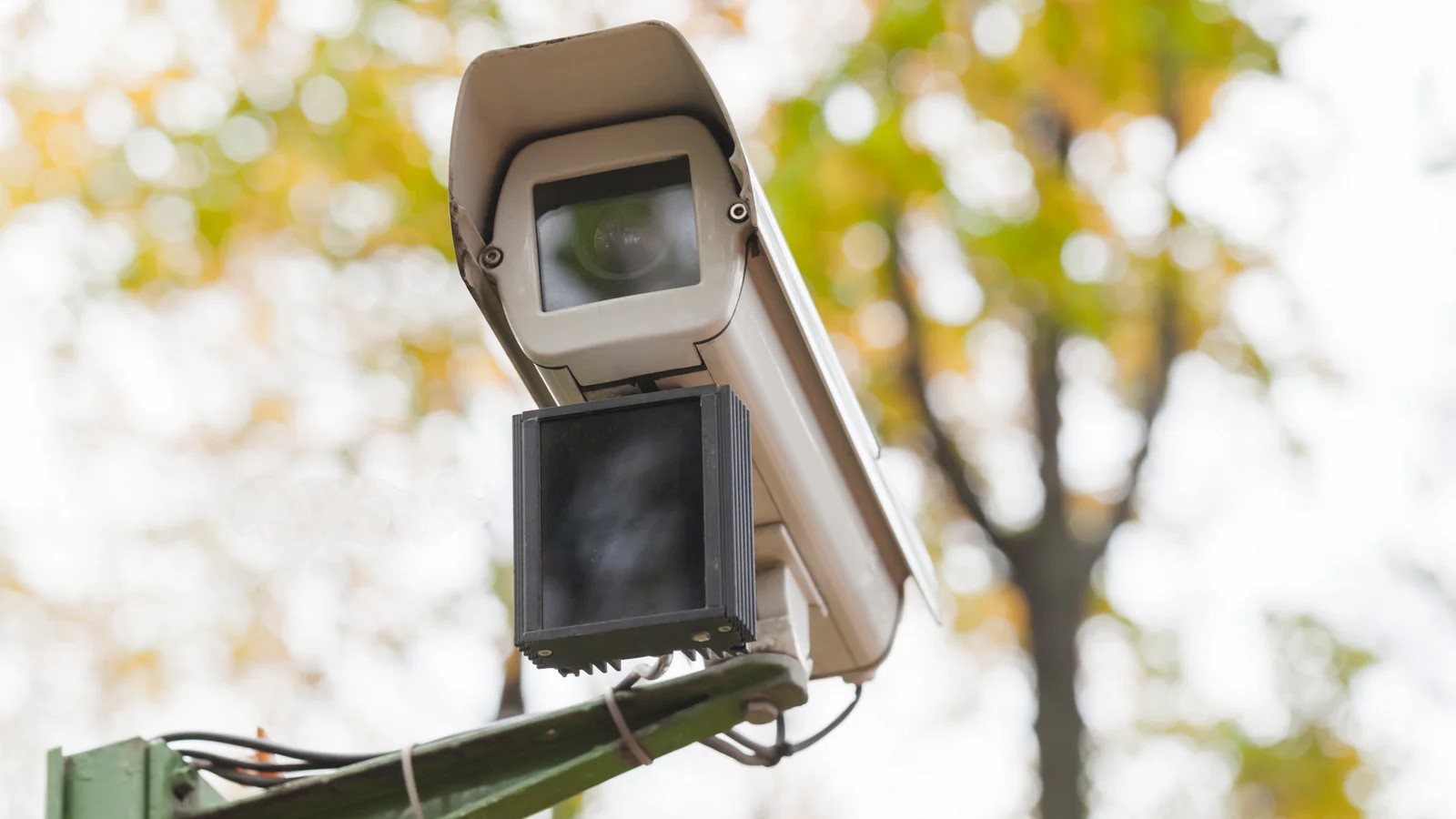
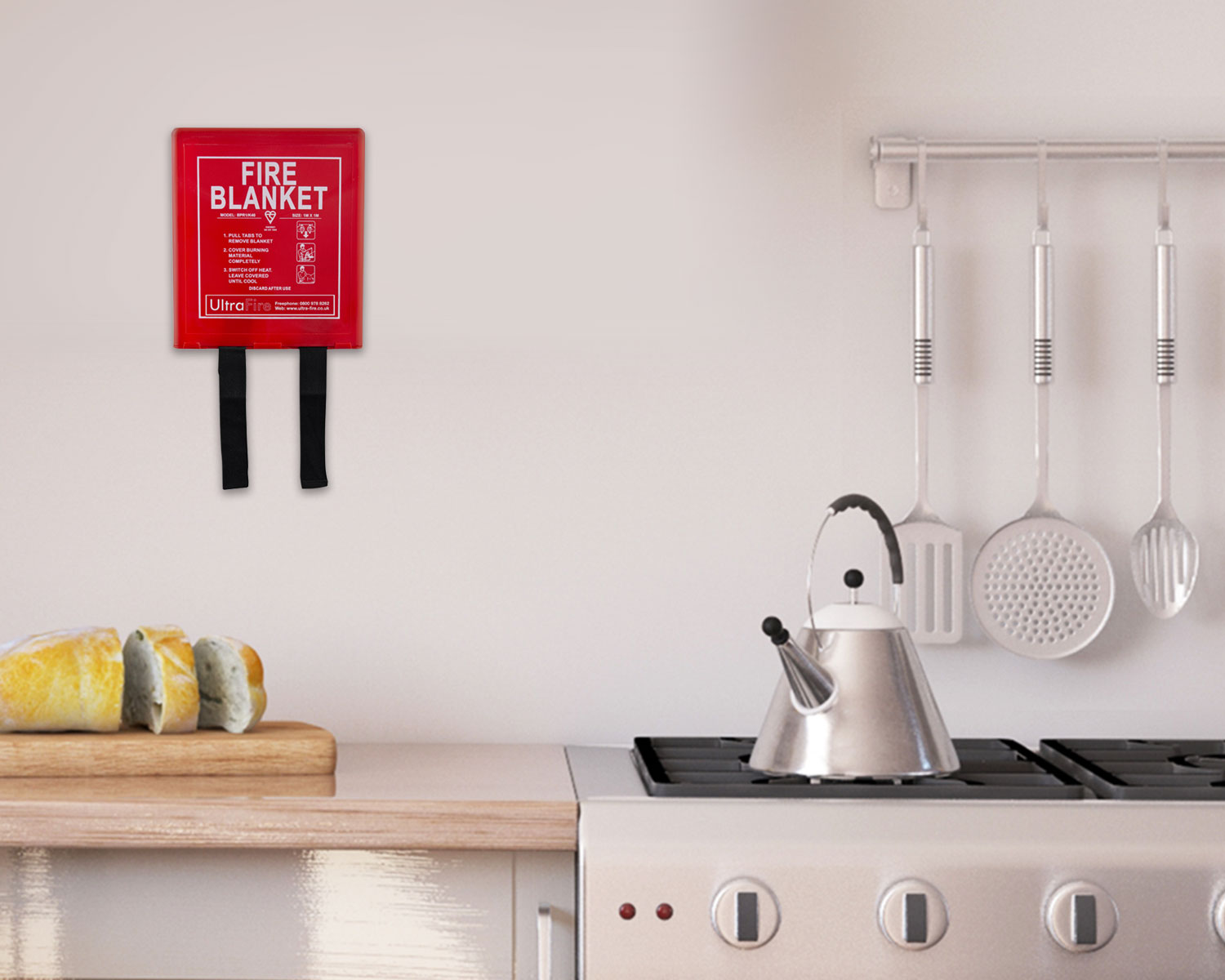



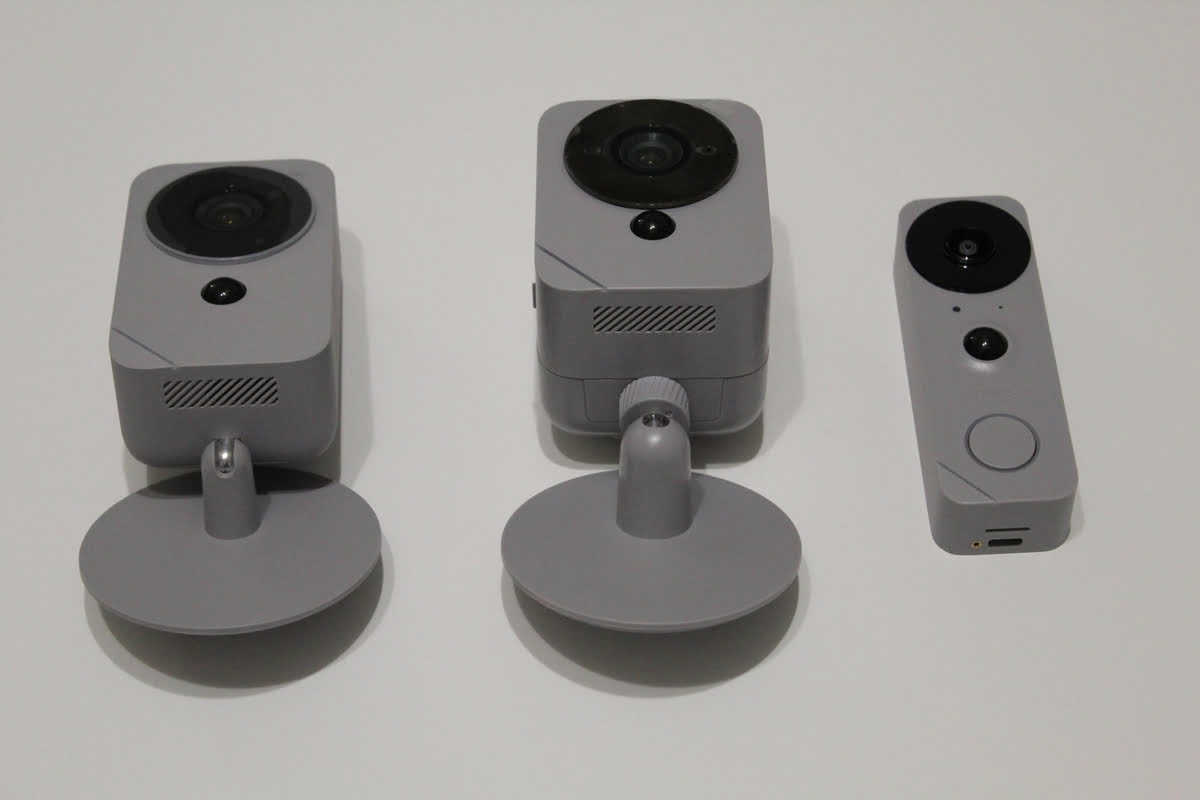
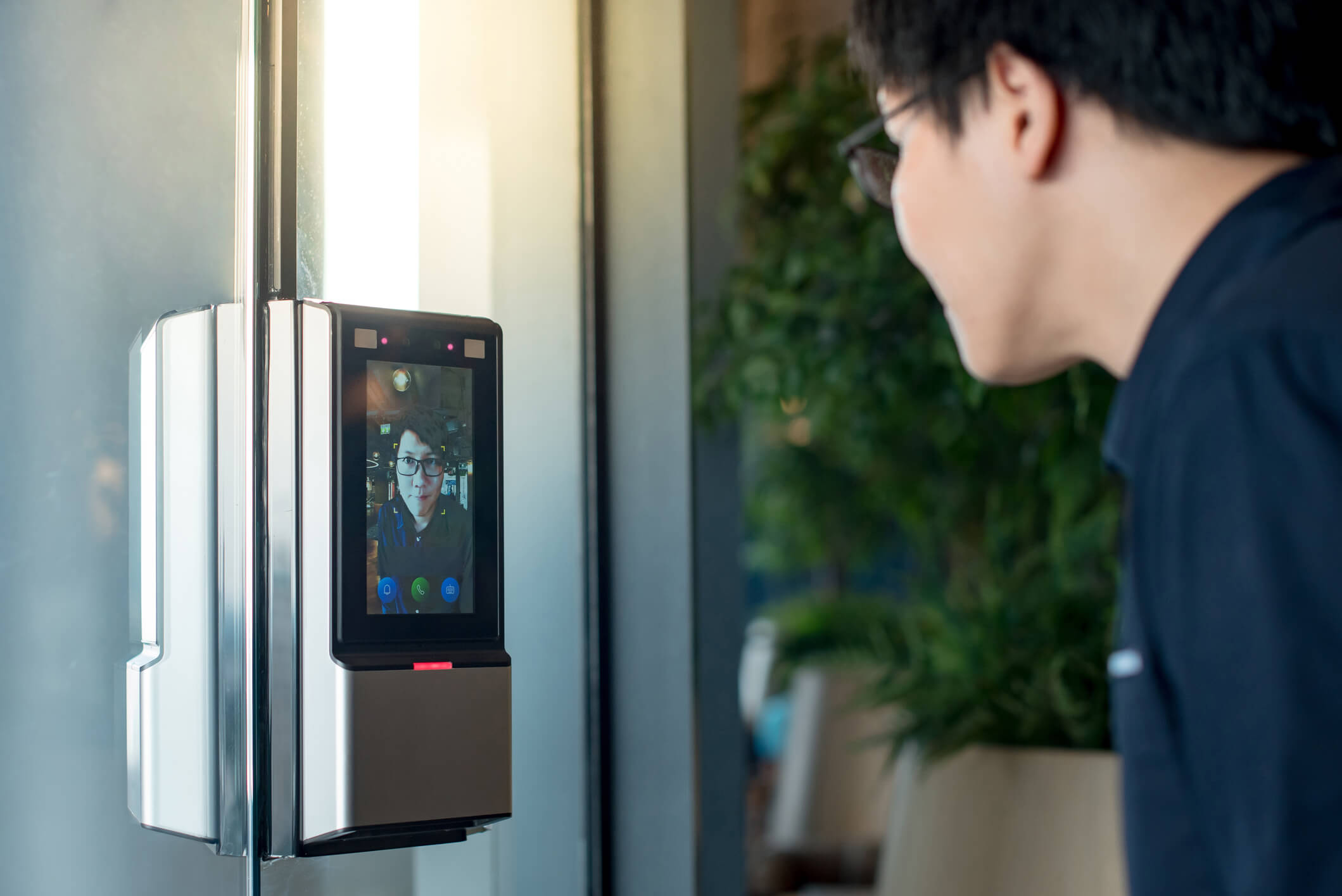
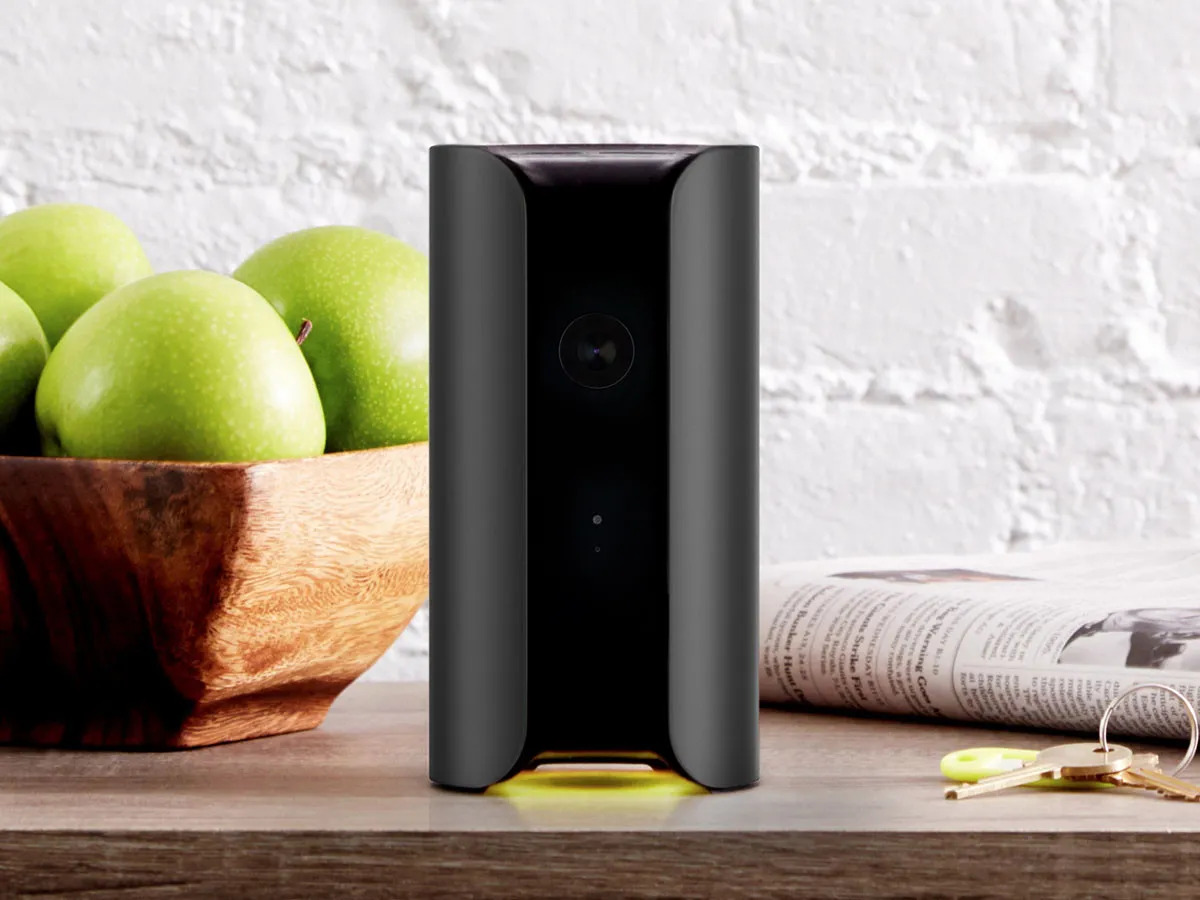


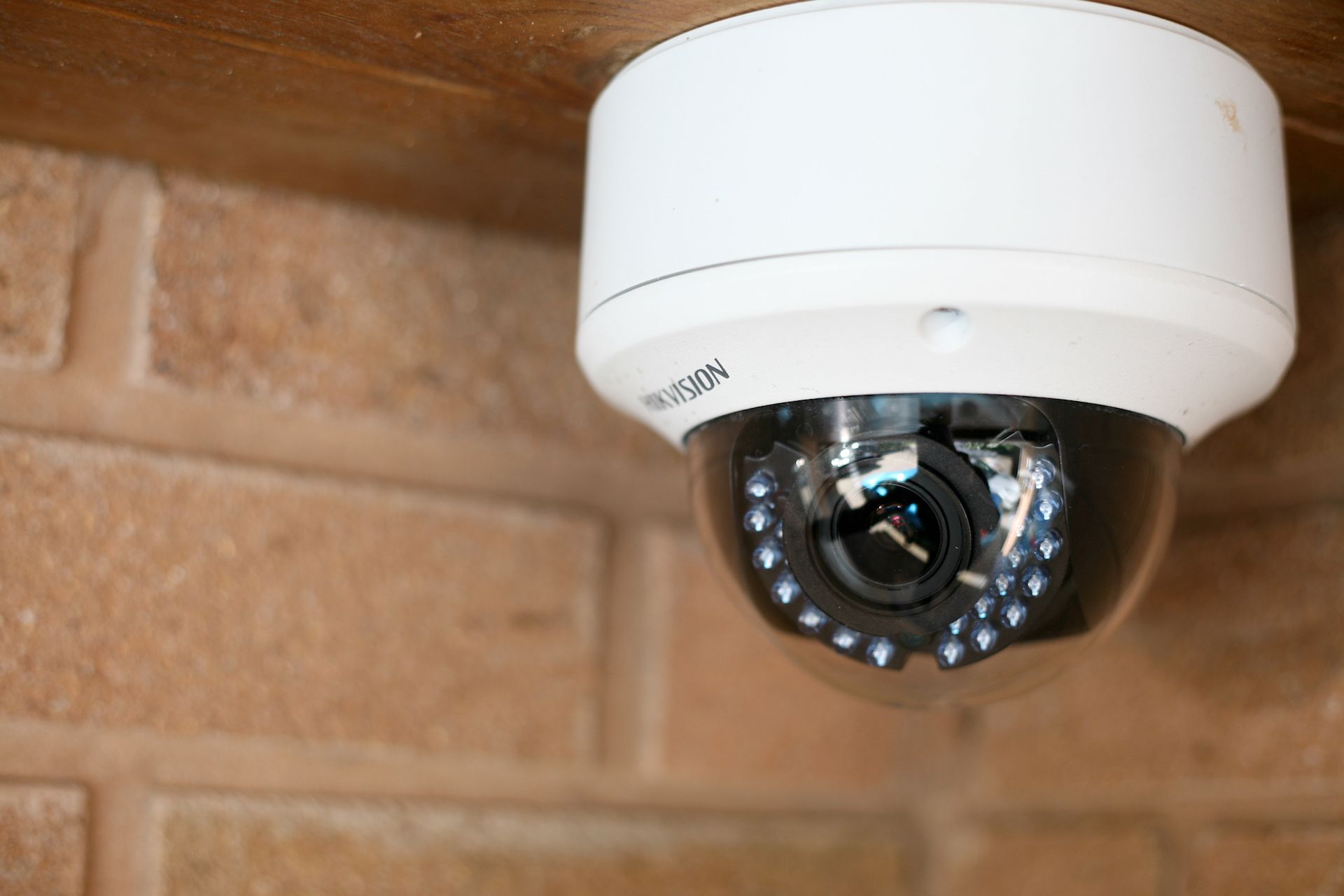


0 thoughts on “When To Introduce Security Blanket”